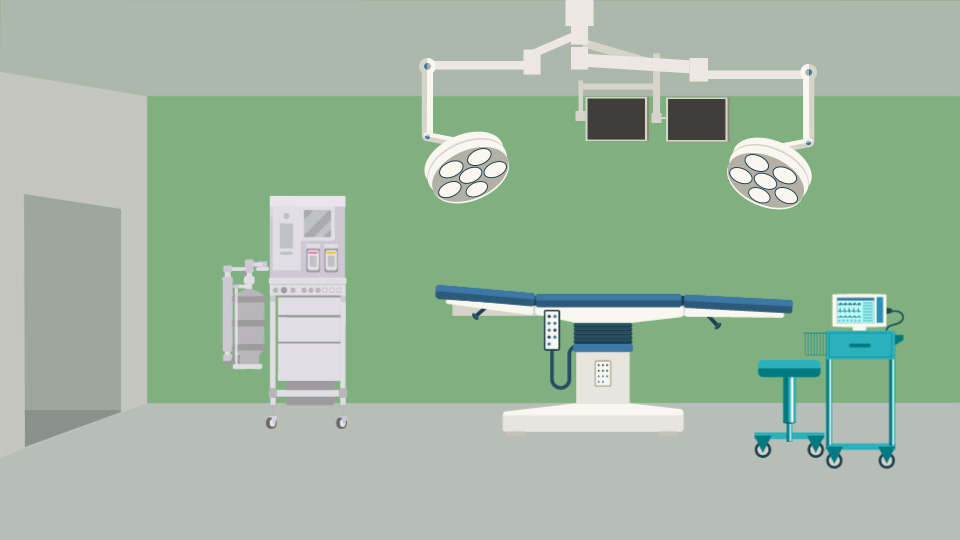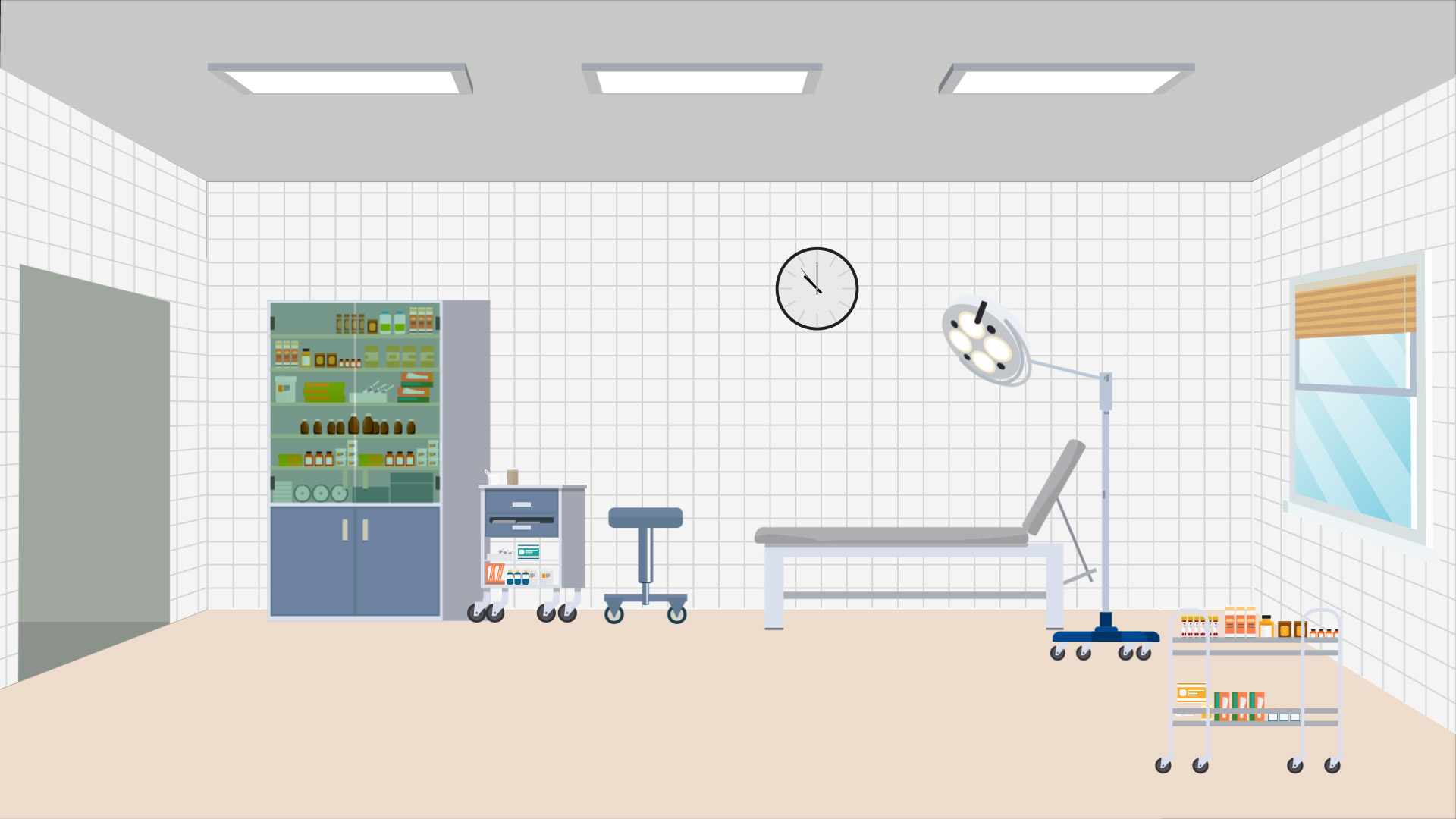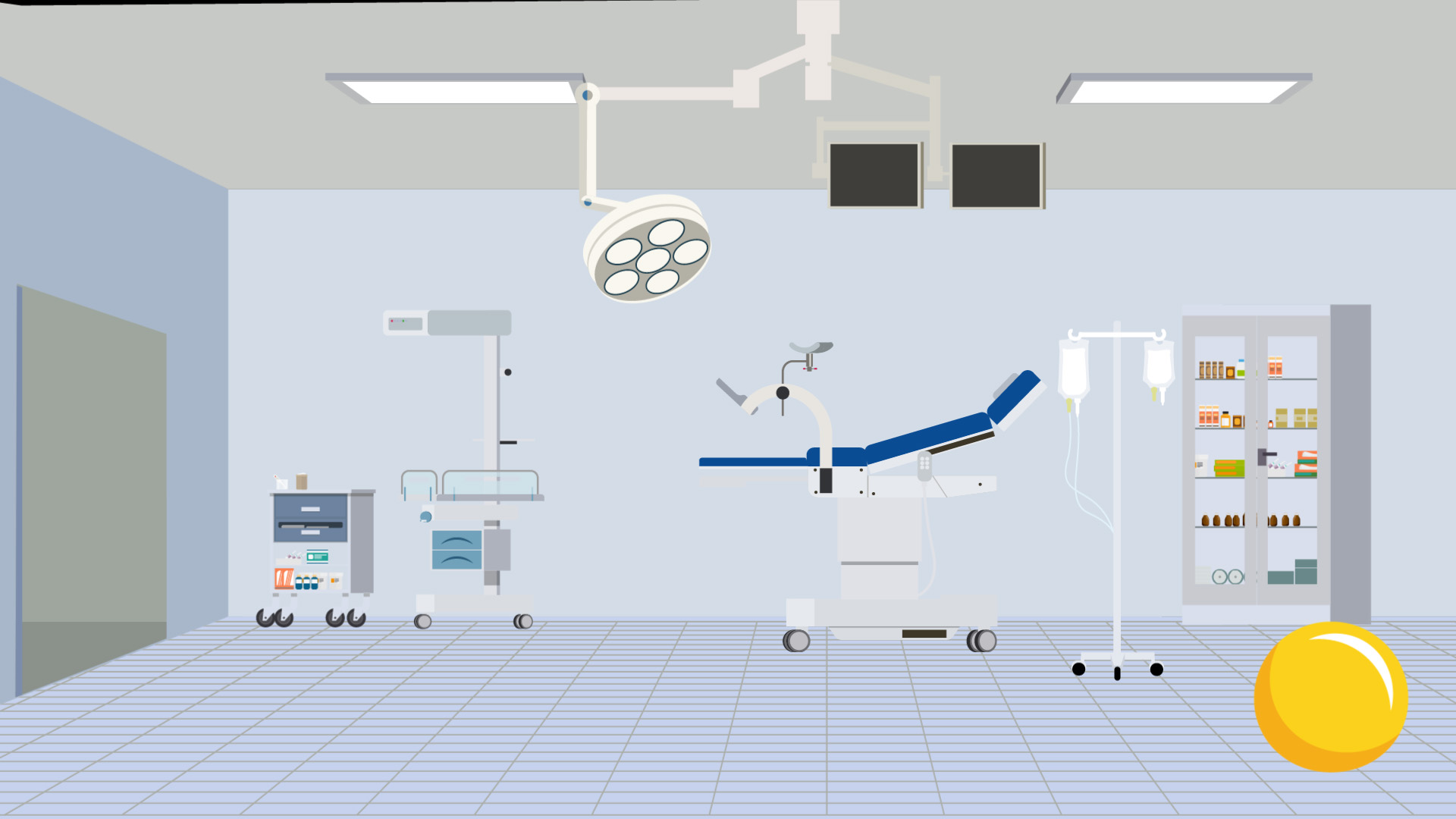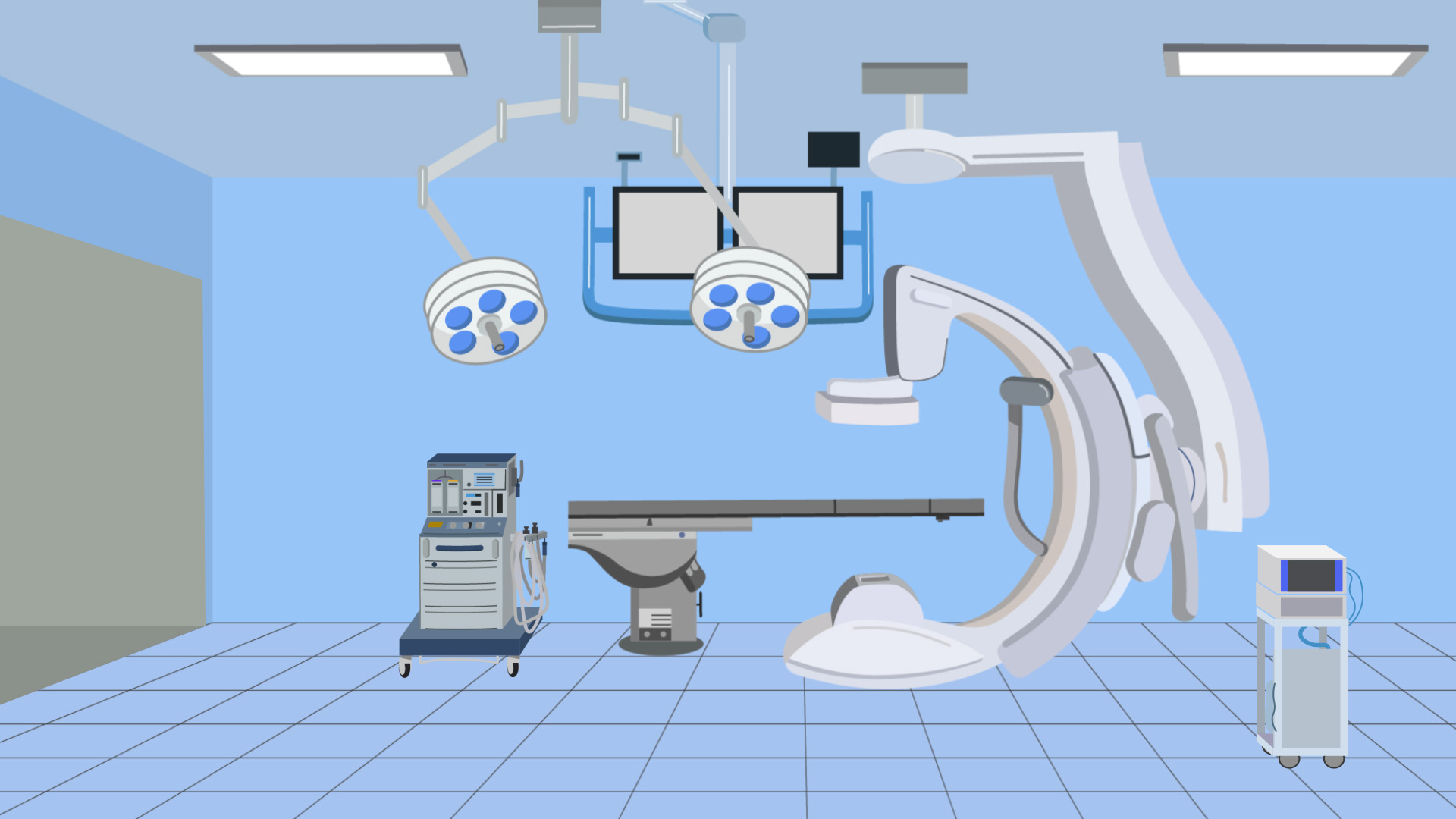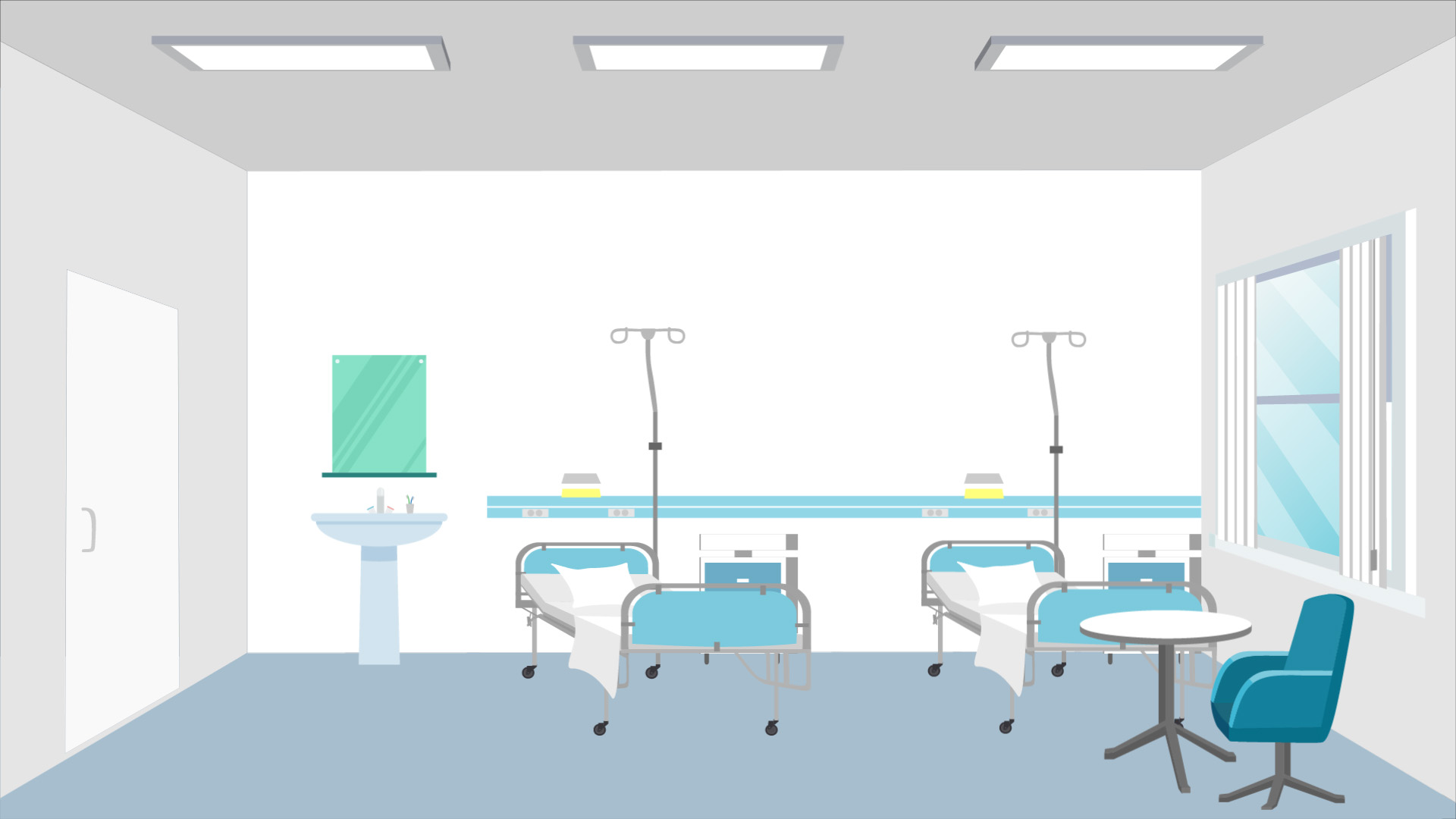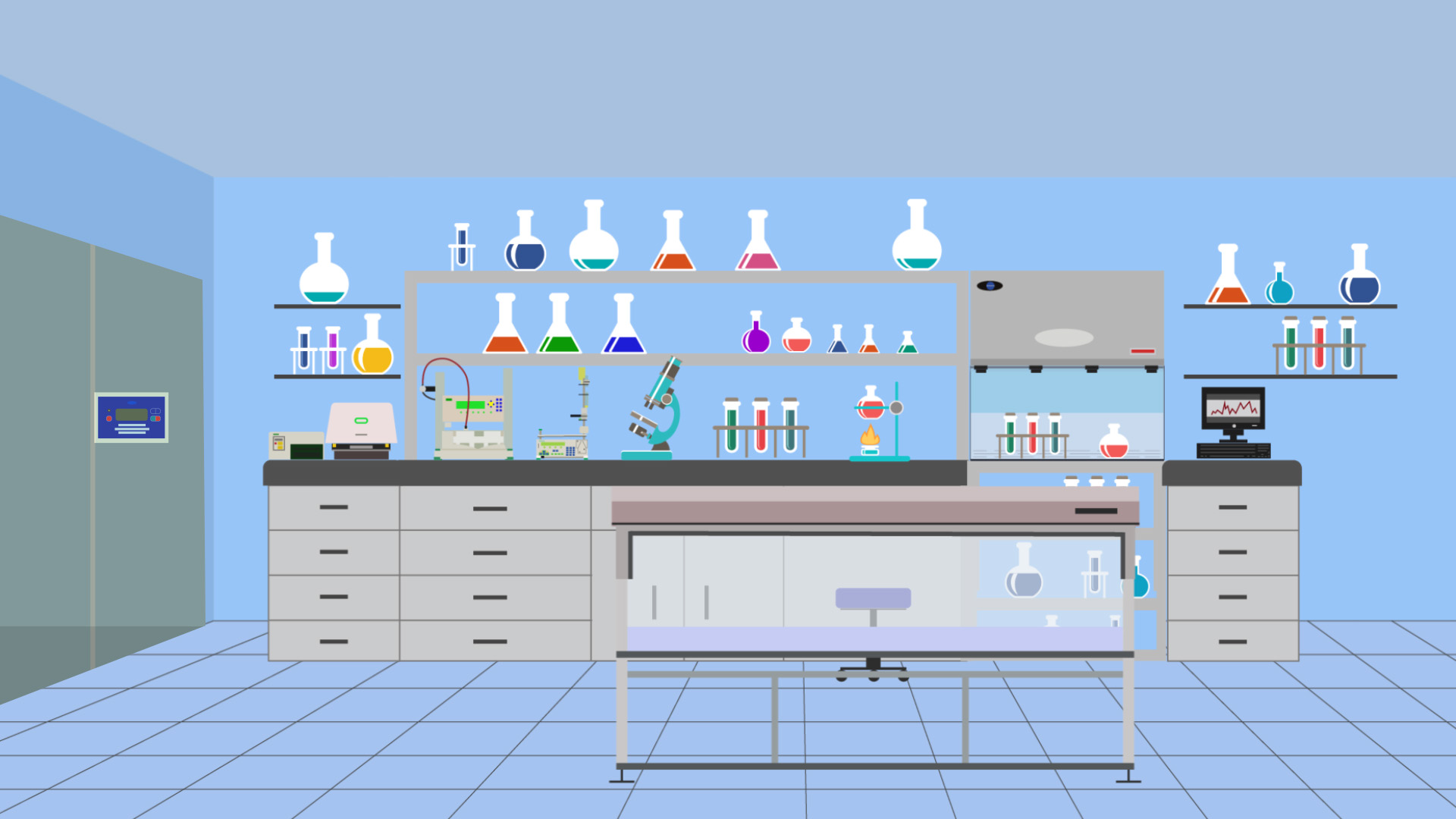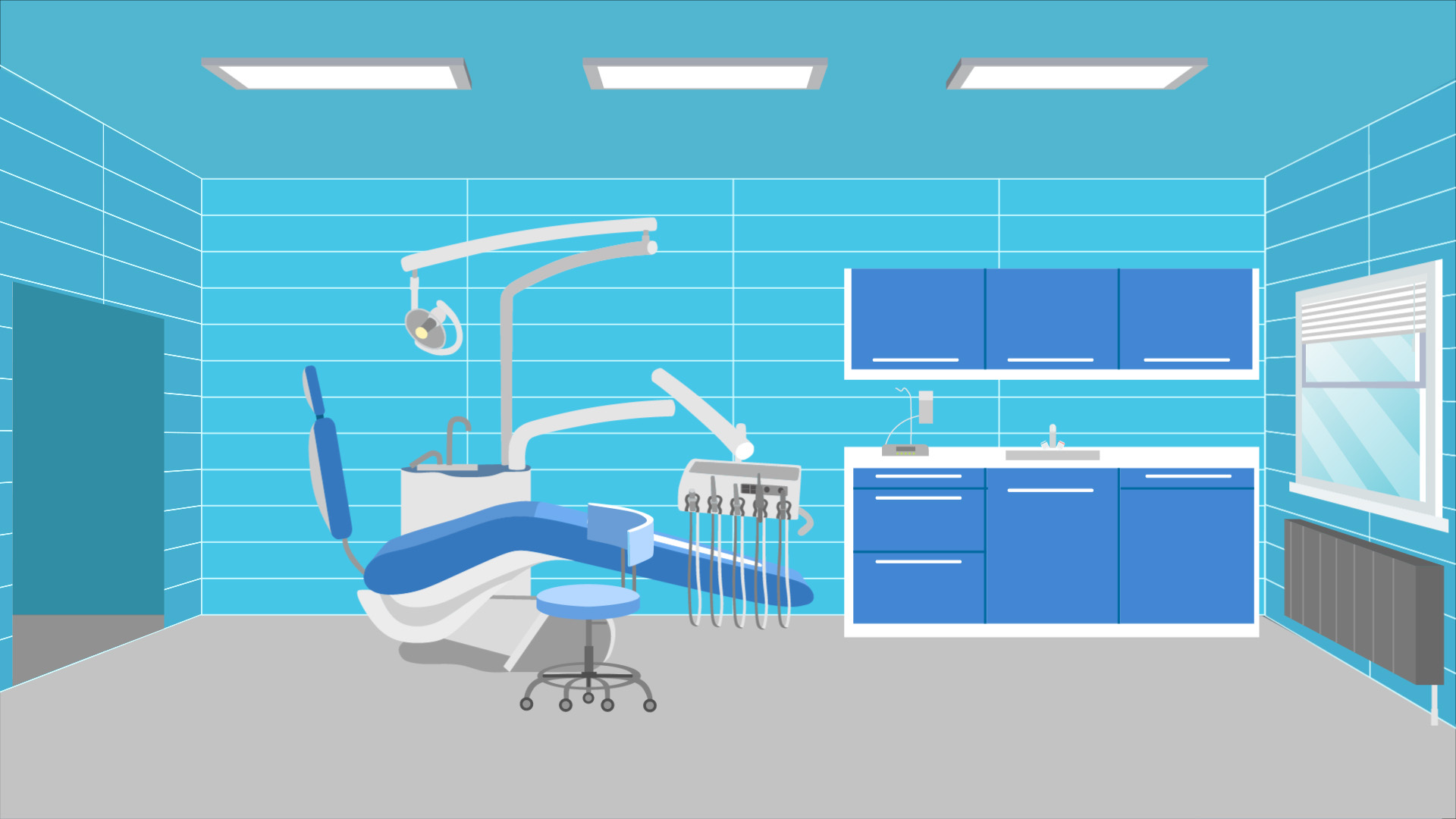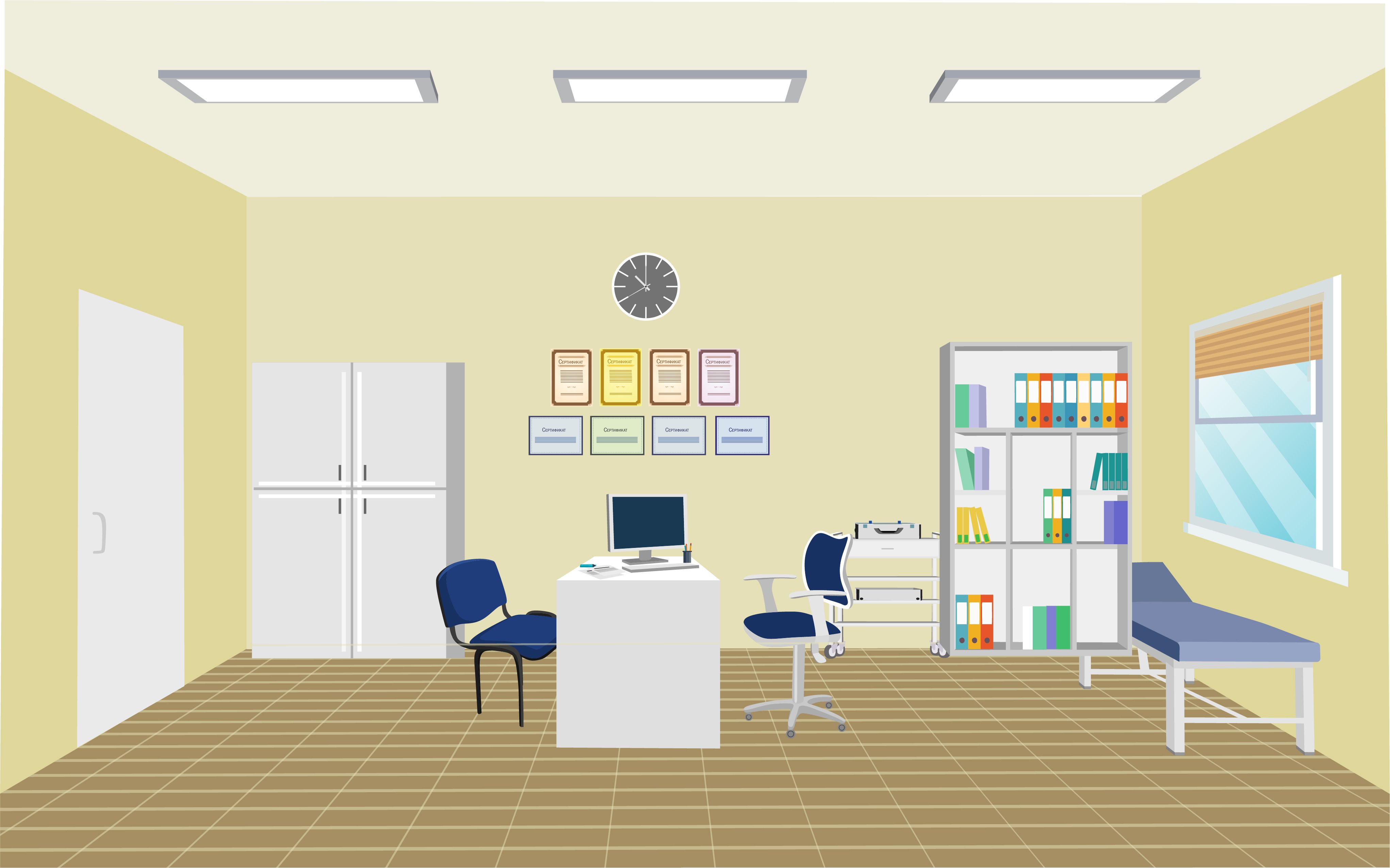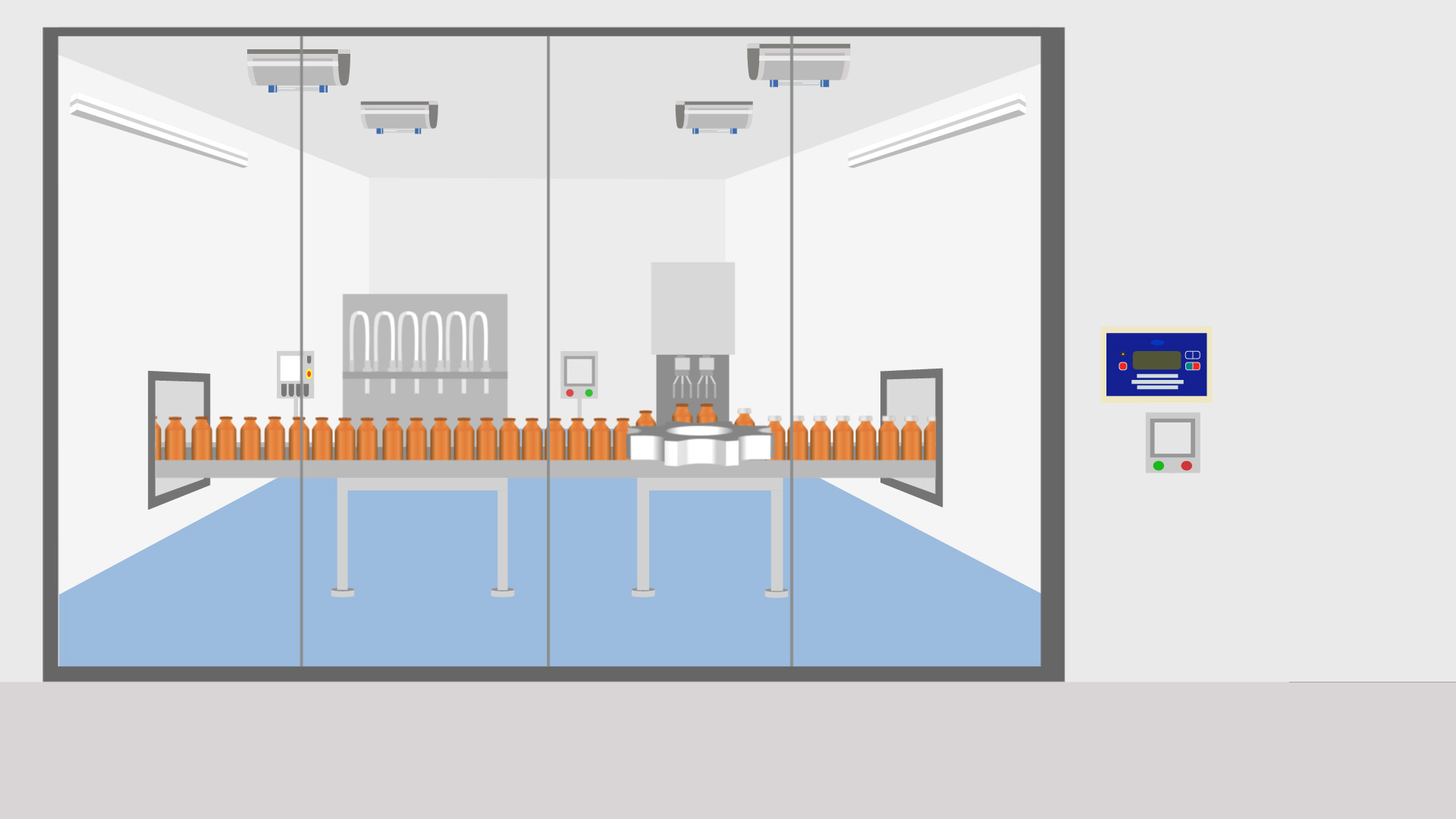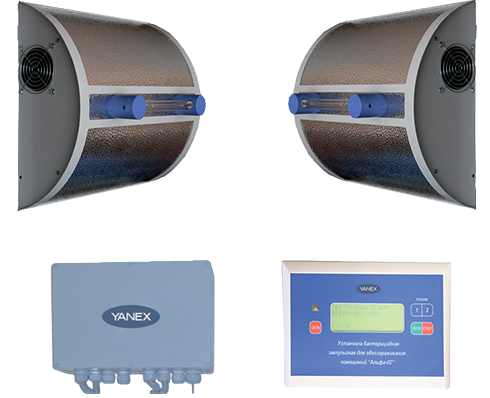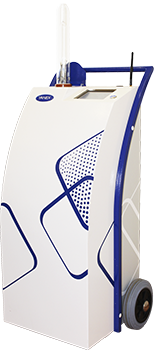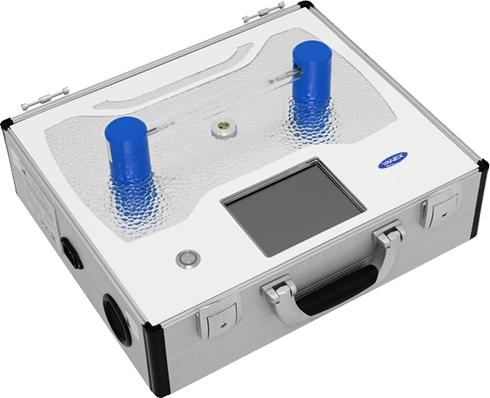Hospitals
Healthcare facilities / hospitals have increased requirements to infectious safety due to the increased risk of healthcare associated infections (HAI).
The specifics of infectious safety in hospitals
-
Creation of large multidisciplinary hospitals with departments of various non-infectious and infectious profiles, including those for especially dangerous infections;
-
High risk of cross-infection between patients, patients and medical personnel when providing routine and emergency care, simultaneous admission of large patients’ numbers (large-scale diseases and injuries, epidemic rise, etc.);
-
Formation of a special hospital environment with the presence of hospital bacterial strains with a longer survival rate, increased virulence and resistance to antimicrobial therapy and chemical disinfectants;
-
Presence of all transmission routes, including artificial;
-
A higher infection risk in case of sanitary and epidemiological requirements violation, asepsis and antiseptics rules violation, sanitary and hygienic conditions of the patients’ stay in case of emergency situations and technical accidents.
The specifics of disinfection measures
Disinfection measures in hospital environment are taken at all medical care stages (upon admission, providing medical care, patient discharge). Particular attention is required to thorough disinfection of operating and intensive care units, recovery wards, treatment rooms, etc.
Air and surfaces at hospitals are subject to mandatory disinfection; the equipment used for these purposes must meet contemporary criteria:
- Destroy as many microorganisms and virus types as possible, including highly resistant strains, with an efficiency of at least 99.9 % in the air and at least 99.99 % on surfaces, including when contaminated with biological material (blood, saliva, sputum, urine);
- Have special operating modes for multi-resistant hospital strains inactivation, resistant to antimicrobial therapy and disinfectants (MRSA, VRE, P. aeruginosa, Proteus, C. difficile, Klebsiella, highly resistant and especially dangerous viruses, etc.);
- Accomplish the inactivation in the shortest possible time;
- Be able to treat a large number of rooms within one working shift (including rooms with high traffic, in between operations, procedures and patient admissions), including patient rooms (especially in the intensive care unit, postoperative wards) after a patient’s discharge or death;
- Be equipped with automatic disinfection and quality control systems;
- Be independent from the “human factor” negative influence;
- Be able to disinfect rooms when working in community sites of infection.
Pulsed ultraviolet units allow hospitals to successfully cope with a whole number of problems:
- Are highly efficient against a wide range of microorganisms and viruses, including SARS-COV-2, minimal time of air and surfaces disinfection within hospital environment, mobility, environmental friendliness and safety;
- Air and surfaces disinfection at medical facilities of any profile with 99.99 % or higher efficiency within shortest time;
- Possibility of fast simultaneous air and surfaces disinfection in rooms without disrupting their work schedule;
- Ensuring microbiological cleanliness of premises by inactivating such microorganisms that are highly resistant to traditional disinfectants, i.e. highly resistant bacteria, their spore forms, mold and yeast fungi, highly resistant viruses;
- Individual and collective protection of patients and working staff from bacteria and viruses.
SIE "Melitta" offers reliable equipment for guaranteed and high-quality disinfection at healthcare facilities of various profiles. Regular use in between operations, procedures and patient appointments is the only existing solution for treating high-traffic rooms, that requires minimal time and does not interfere with the work schedule.
Many years of experience in using pulsed ultraviolet units as part of disinfection measures complex at hospitals and other healthcare facilities providing specialized and multidisciplinary care show their high biocidal efficiency and, as a result, a considerable decrease in HAI level among patients and staff.
We are convinced that pulsed ultraviolet units used in various areas, including healthcare facilities, not only during the COVID-19 pandemic and seasonal outbreaks of other viral diseases, but also in "peacetime" are not a luxury, but a necessity that is here to stay.
Informational materials
Most significant projects
Select the unit
* - Fields with an asterisk are required.









